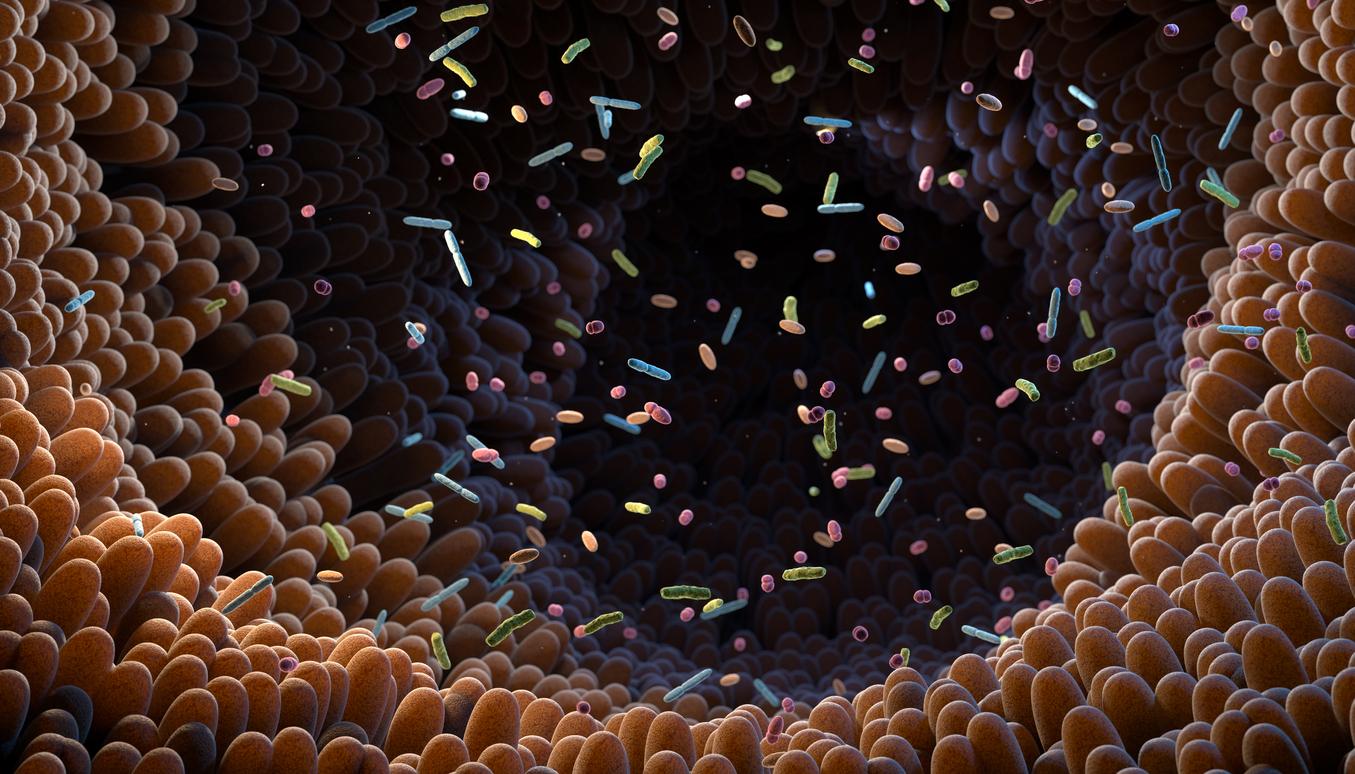Cultivated for more than 10,000 years, the lentil is even mentioned four times in the Bible. Today, it has invaded the whole world.
Small, but super complete!
Focus on proteins and fibers! Present in large quantities in lentils (and other legumes), proteins of plant origin are insufficiently consumed in our country, in favor of animal proteins, which are consumed in excess and often combined with high doses of fat. Thus, it is now established that the legumeslike lentils, are a good substitute for those who do not eat meat or who wish to reduce their consumption, and everyone would benefit from cooking them more regularly, at least once a week. Another advantage is their high fiber content: the latter being satiating and stimulating for the digestive system, but also beneficial for aging well. A 2016 Australian study observed in nearly 2,000 people that those who ate more fiber saw their chances of staying healthy with age doubled! These in fact ward off a good number of chronic pathologies such as high blood pressurethe diabetesdementia or cardiovascular illnesses. Finally, lentils provide a very large number of minerals which we often lack in overly industrial diets: iron, but also copper, phosphorus, zinc and manganese as well as group B vitamins and particularly of the B9essential for mood and serenity.
Such good sugars…
Thanks to their richness in vegetable proteins but also in fibres, with their very low glycemic index (25 to 30), lentils are the ideal slimming food! A study conducted by the University of Copenhagen even showed that a meal rich in legumes reduced appetite and proved to be more satiating than a generous meat meal. On weight, the effect is very real, and it has been demonstrated in particular by Canadian work, with significant weight loss even without caloric restriction at the rate of one serving of pulses per day. In addition, consuming lentils and other legumes would reduce the percentage of fat in the body, and actually reduce cravings, which are not just a matter of will and motivation! Finally, they are recommended for diabetics since they raise blood sugar levels little – the interest of a low GI diet has been validated for this pathology – and help to regulate or reduce the rate of cholesterolblood, especially the “bad” (LDL). Finally, thelow glycemic index is also an asset in the prevention of cancer since it has now been proven that excessively refined sugars (high GI) were favourable: the use of pulses would reduce, according to a New York study, by 32% the risk of declare a Colon Cancerfrom breast or the prostate.
Its health benefits
• Rich in protein. Appreciated by veggies because it is a good source of vegetable protein, which contributes fully to dietary diversity and can be a good substitute for meat.
• Ward off chronic diseases. Its high fiber content helps prevent many diseases such as diabetes, high blood pressure and several cancers.
• Dietetics. Its low glycemic index makes it a food of choice for weight loss, but also for people with Type 2 diabetes.
Why choose it organic?
According to a study by the European Food Safety Authority (Efsa), more than 40% of lentils (but also peas and beans) are contaminated with pollutants. 321 different pesticide residues have thus been identified (against “only” 88 on cereal products). This is explained by the fact that the fine pods of legumes allow pesticides to penetrate and settle in the seeds: these, when drying, will then concentrate them. In addition, pulses are sometimes irradiated in France to prevent germination, micro-organisms and insects, a practice prohibited in organic farming.
Read also :
- Cold: lenses, which one to choose?
- Heart-healthy legumes

















